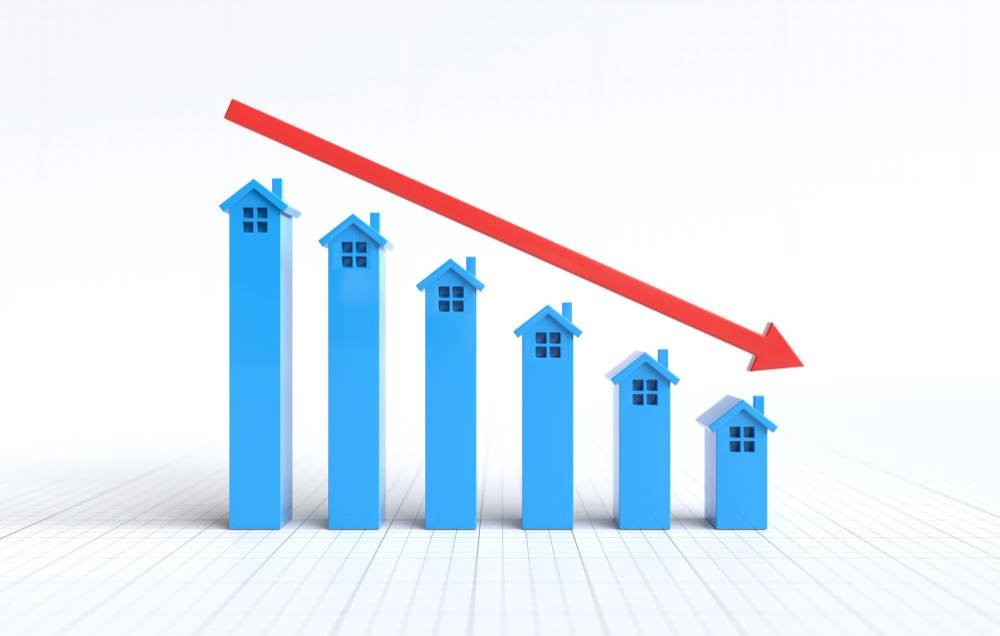Hyderabad Real Estate Market Sees Slowdown Amid Rising Prices and Shifting Demand
The real estate landscape in Hyderabad, once a booming hub for property investments, is currently experiencing a notable slowdown. Driven by surging property prices and changing buyer preferences, the market is in a state of transition that has caught the attention of developers and investors alike.
Property Prices Reach New Highs
Over the last few years, Hyderabad has witnessed an unprecedented rise in property rates, particularly in its key zones such as the western corridor, including areas like Gachibowli and Kondapur. This appreciation, although reflective of the city’s growing economic significance, has made affordability a pressing concern for middle-income buyers.
According to recent reports, the average rate per square foot has escalated sharply, leaving potential homeowners grappling with the widening gap between income levels and real estate prices. The rise is attributed to increasing land costs, high construction input prices, and a steady demand from the IT sector that once fueled the market’s expansion.
Shift in Buyer Preferences
Adding complexity to the slowdown is a noticeable shift in buyer behavior. With remote work becoming a long-term trend for many professionals, demand is slowly moving away from the city’s traditionally premium business districts toward suburban and peri-urban areas. Buyers are now seeking larger homes that offer better ventilation, green spaces, and home-office flexibility – features not always available in high-density urban localities.
This changing demand profile is forcing developers to reconsider their strategies, many of whom are now exploring new project opportunities in the outskirts of the city. Areas like Shamirpet, Adibatla, and Kompally are increasingly being viewed as the next growth corridors due to their relative affordability and availability of space.
Inventory Buildup and Delayed Sales
Another factor contributing to the slowdown is an inventory buildup across several mid-to-high-end residential projects. As prices rise and sales stagnate, a number of units remain unsold, particularly in newly launched projects that entered the market with aggressive pricing models. Industry experts suggest that unless pricing is revisited or demand picks up, these unsold units could become a source of concern for developers in the near future.
Prospects and Policy Intervention
The current slowdown, while a concern in the short term, may also offer an opportunity for course correction. Industry observers stress the importance of balanced development that addresses affordability, connectivity, and infrastructure readiness. There is also a growing call for policy interventions, such as streamlined building approvals and incentivized affordable housing schemes, to support both developers and buyers.
Despite the present challenges, Hyderabad’s real estate market remains fundamentally strong, supported by a robust economy, sound urban planning, and an expanding infrastructure network including the upcoming metro lines and road projects. Analysts believe that the correction could pave the way for more sustainable growth, provided stakeholders adapt quickly and align themselves with the evolving market reality.
Conclusion
Hyderabad’s real estate market stands at a crossroads. While rising prices and changing buyer preferences have prompted a temporary slowdown, the city continues to hold immense potential. With appropriate measures, strategic expansion into emerging corridors, and a focus on affordability, the sector can return to a growth trajectory that benefits both investors and homebuyers in the long term.
